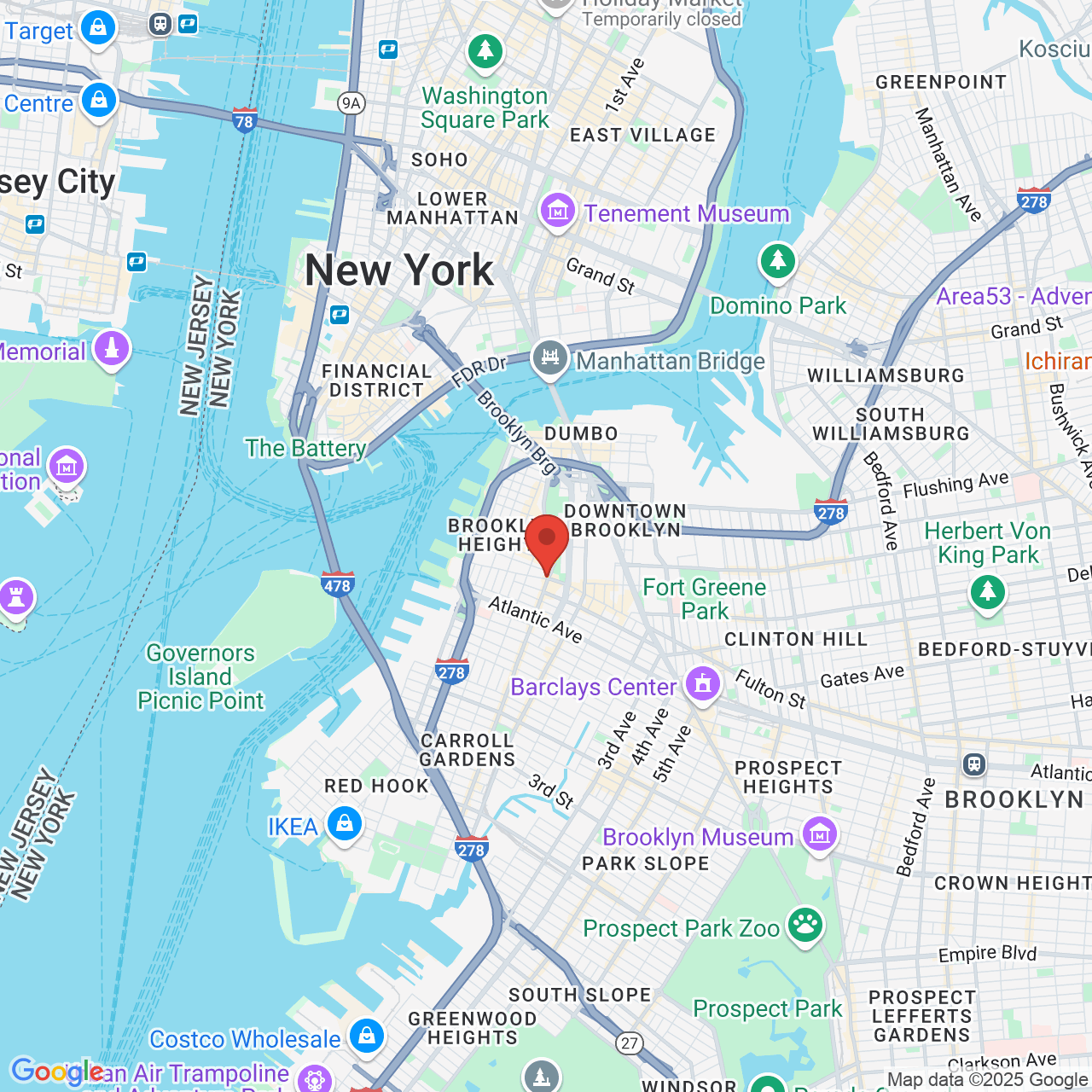Dental Bridges for the Front Teeth
 If you’re missing a single tooth, dental bridges may be right for you. A dental bridge is a false tooth that is surrounded by dental crowns. The crowns are used to cap teeth that are adjacent to your tooth gap. These crowns hold the false tooth secure, allowing you to bite and chew with renewed stability and strength.
If you’re missing a single tooth, dental bridges may be right for you. A dental bridge is a false tooth that is surrounded by dental crowns. The crowns are used to cap teeth that are adjacent to your tooth gap. These crowns hold the false tooth secure, allowing you to bite and chew with renewed stability and strength.
Dr. Eugene D. Stanislaus and Dr. Lisa Reid have helped countless patients in the Brooklyn Heights and Fort Greene, NY area by placing dental bridges. In fact, dental bridges can be used to replace missing front teeth. Let’s discuss why this may be an ideal restorative dentistry treatment option.
Why It’s Important to Replace Missing Front Teeth
When people are missing a front tooth, they can face a number of issues with smile aesthetics and general dental health.
In terms of dental aesthetics, a visible gap can leave you feeling self-conscious about smiling, speaking, and laughing, even around people you have known for many years. It can even impact your career if you have the sort of job that involves a lot of public interaction.
As far as general dental health, missing front teeth can make it very difficult to eat certain foods. You may even notice a speech impediment develop due to the tooth loss. A missing front tooth also impacts the alignment of your teeth, and could lead to teeth grinding (bruxism).
Ideal Candidates for Front Teeth Dental Bridges
Good candidates for a front tooth dental bridge are people who are missing a tooth and have healthy teeth surrounding the tooth gap. If the teeth next to the tooth gap are not healthy, another treatment rather than a bridge will be more ideal.
During the consultation process, we will assess your dental health and wellness and determine if a dental bridge is the right option for your needs.
The Process for Placing a Front Tooth Dental Bridge
When prepping the teeth to the sides of the tooth gap, some of the tooth structure is removed. Enough healthy tooth structure is left so the tooth can function normally. Once the tooth structure is removed, an impression is taken of the gap and prepped teeth. The custom bridge will then be crated at an off-site dental lab.
Adjusting to the Dental Bridge
When the bridge is finally in place, it can take a bit of time to adjust to it. That’s why patients should eat a diet primarily consisting of soft foods at first. Patients should also avoid biting and chewing directly with the bridge until they are fully accustomed to it. Avoid sweets and sticky food for the first week or so, giving the bridge ample time to set in place.
Proper Aftercare of a Dental Bridge
Proper aftercare of a dental bridge is easy. It can be cleaned by brushing and flossing regularly. Use a soft-bristled toothbrush with a small head and a non-abrasive gel toothpaste. For hard-to-reach places around the bridge, consider a proxy brush or superfloss. A water pick can also be helpful for keeping your teeth and the bridge clean.
Contact Brooklyn Heights Dental
For more information about dental bridges and why they may be an ideal option for you, be sure to contact our skilled team of cosmetic and restorative dentists. You can reach Brooklyn Heights Dental by phone at (877) 978-1050.



